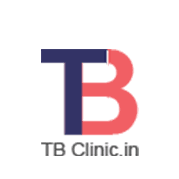(Prompt treatment is a must; Missed/delayed diagnoses can lead to death)
-
Anti-tubercular therapy is best with isoniazid, Rifampin and pyrazinamide, the fourth drug is left to local choice
-
The use of corticosteroids is in doubt: but they have been employed in cases of increased Intra-Ventricular pressure, due to change in consciousness, due to focal neurological findings, due to spinal block or due to tuberculous encephalopathy
-
Ventricular drain shunt advised in obstructive hydrocephalus and those showing neurological deterioration
-
Duration of Treatment
- The optimal duration of antimicrobial therapy is unclear.
